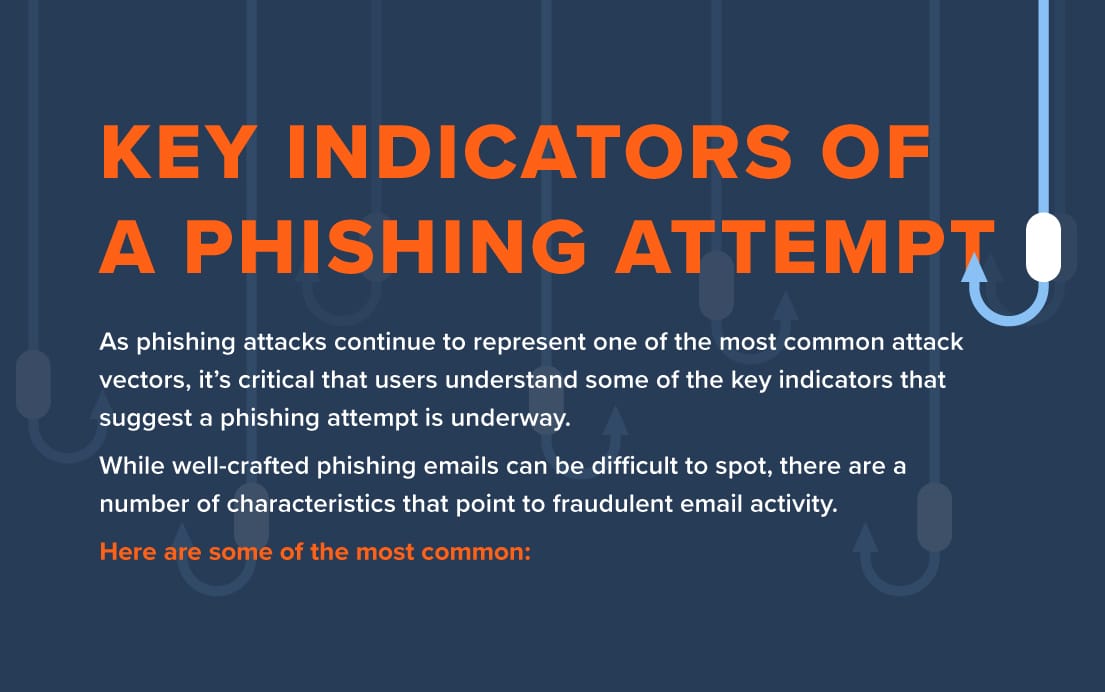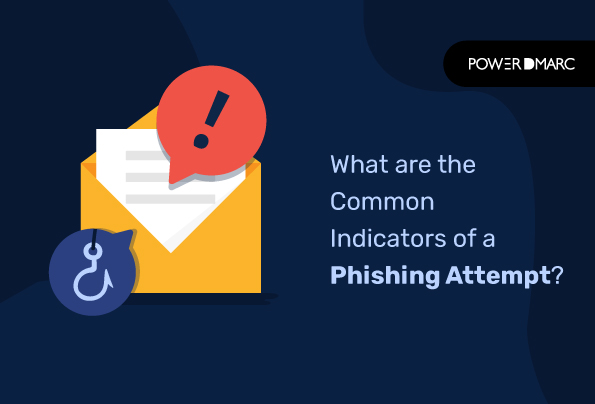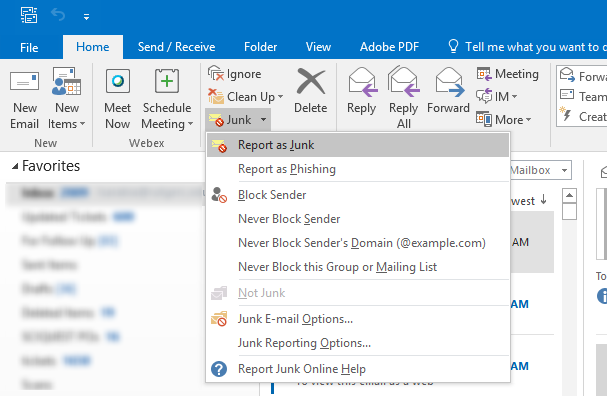Phishing is a form of cybercrime that is becoming increasingly common in the digital age. It is a type of fraud that attempts to gain access to sensitive information such as passwords, credit card numbers, or bank details. It is usually done with malicious intent and can be very difficult to detect.
One of the most common indicators of a phishing attempt is when a person receives an email that looks suspiciously like it was sent from a legitimate source. This could be an email that requests personal or financial information, or it could be an email that contains a link to a website that appears to be legitimate but is actually a scam. If a person receives such an email, they should be very cautious and should never provide any personal or financial information.

What is a Phishing Attempt?
Phishing is the fraudulent practice of sending emails purporting to be from reputable companies in order to induce individuals to reveal personal information, such as passwords and credit card numbers. It is an illegal way to gain access to someone’s valuable information. Phishing emails often contain links to malicious websites that can infect your computer with malware, or they may contain malicious attachments that can steal your personal information.
Common Indicators of a Phishing Attempt
Phishing attempts can be difficult to detect, as they are often disguised as legitimate emails. However, there are several common indicators that can help you identify a phishing attempt.
Poor Grammar and Spelling
One of the most common indicators of a phishing attempt is poor grammar and spelling. Legitimate companies typically take the time to ensure their emails are well-written and free from errors. If an email contains several spelling and grammar mistakes, it is likely a phishing attempt.
Unfamiliar Sender
Another indicator of a phishing attempt is an unfamiliar sender. Legitimate companies will usually send emails from an easily recognizable address and name. If the sender name and address do not look familiar, it is likely a phishing attempt.
Suspicious Links
Phishing emails often contain suspicious links. These links may appear to be from a legitimate website, but they actually lead to a malicious website. If you receive an email with a suspicious link, do not click on it. Instead, hover over the link to see where it leads. If it does not lead to a legitimate website, it is likely a phishing attempt.
Requests for Personal Information
Legitimate companies will never ask for your personal information, such as passwords or credit card numbers, via email. If you receive an email asking for this type of information, it is likely a phishing attempt.
Threats or Urgency
Phishing emails often threaten the recipient or create a sense of urgency. If an email contains language designed to scare or pressure you into taking action, it is likely a phishing attempt.
Frequently Asked Questions
Phishing attempts are malicious attempts to steal sensitive information like passwords, credit card numbers, or other sensitive data from unsuspecting users. Learning to recognize common indicators of a phishing attempt can help protect you from falling victim to such attacks.
What is a common indicator of a phishing attempt?
One of the most common indicators of a phishing attempt is when you receive an email that appears to be from a trusted source, but is actually from an unknown or untrusted sender. These emails often contain links or attachments that, if clicked, can lead to malicious websites or download malicious software. Other indicators of a phishing attempt include emails that contain typos or grammatical errors, requests for personal or financial information, or offers that seem too good to be true.
Another indicator of a potential phishing attempt is when the message contains a sense of urgency or a threat of some kind. For example, a message may claim that your account will be closed if you do not act immediately, or that you must provide personal information within a certain time frame. These types of messages are usually attempts to create a sense of panic or urgency in order to get you to provide sensitive information.

Phishing is an ever-growing problem, and it’s important to be aware of the signs of a phishing attempt to protect yourself from potential scams. Common indicators of a phishing attempt include emails with grammatical or spelling errors, emails sent from a suspicious sender, emails with a sense of urgency, and emails that ask for personal information.
It’s essential to stay vigilant when it comes to protecting your personal information. Being aware of the common indicators of a phishing attempt can help you spot potential scams and protect yourself from falling victim to them. Keeping your information safe is key.


